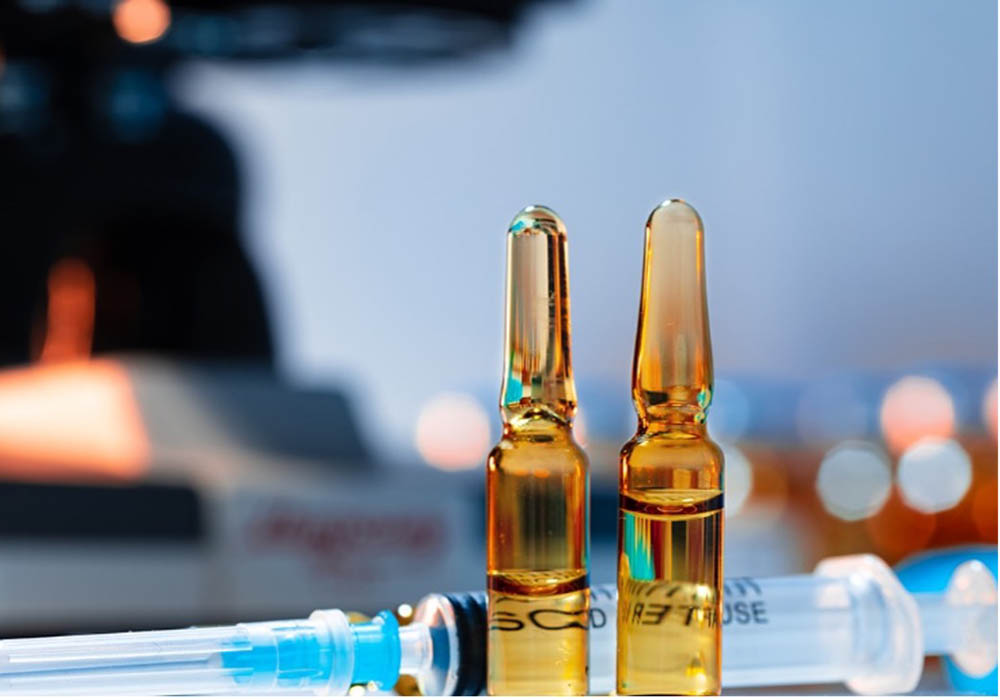A mainstay of many cancer treatments for decades, 5-fluorouracil (5-FU) injection package inserts were updated in March 2024 through the U.S. Food and Drug Administration’s (FDA’s) Project Renewal. The revisions add pharmacogenomics information and a safety warning about severe adverse reactions in patients with DPD deficiency.
The DPYD gene provides instruction to create the DPD enzyme, which is a primary metabolizer of fluorouracil. Certain DPYD variants lead to DPD deficiency and puts patients at high risk for serious adverse reactions, which could be fatal. Patients with a known complete DPD deficiency should not receive 5-FU. The Clinical Pharmacogenetics Implementation Consortium provides recommendations for dose reductions based on differing DPYD genotypes.
5-FU can be administered either via IV or topically. This drug reference sheet contains information about the IV version.
This ONS resource was produced for educational purposes only. Refer to the full 5-FU package insert for all details.
| DRUG INFORMATION | |
| Classification | Pyrimidine analog antimetabolite |
| Mechanism of Action | Inhibits RNA formation and DNA synthesis by decreasing thymine, resulting in apoptosis |
| Indications | Treatment of patients with breast, colon, rectal, gastric, or pancreatic cancer |
| ADMINISTRATION | |
| Dosing, Frequency, and Administration | Dose varies based on indication, regimen, route, patient response to treatment, and patient risk factors |
| Route | IV bolus or infusion |
| Safe Handling | 5-FU is a hazardous drug. Follow safe handling precautions. |
| ADVERSE REACTIONS | |
| Nausea, anorexia, vomiting, diarrhea, alopecia, ocular toxicities, darkening of veins, dry skin, neurotoxicity, hyperammonemia, encephalopathy, cardiotoxicity, risk of elevated international normalized ratio (INR) with warfarin, and embryo-fetal toxicity | |
| WARNINGS | |
| |
| NURSING CONSIDERATIONS | |
| Pretreatment |
|
| Administration |
|
| Post-Treatment |
|
| PATIENT EDUCATION | |
| |
| RESOURCES | |
| Patient Resources |
|
| Healthcare Professional Resources |
|
| Other Resources |
|






